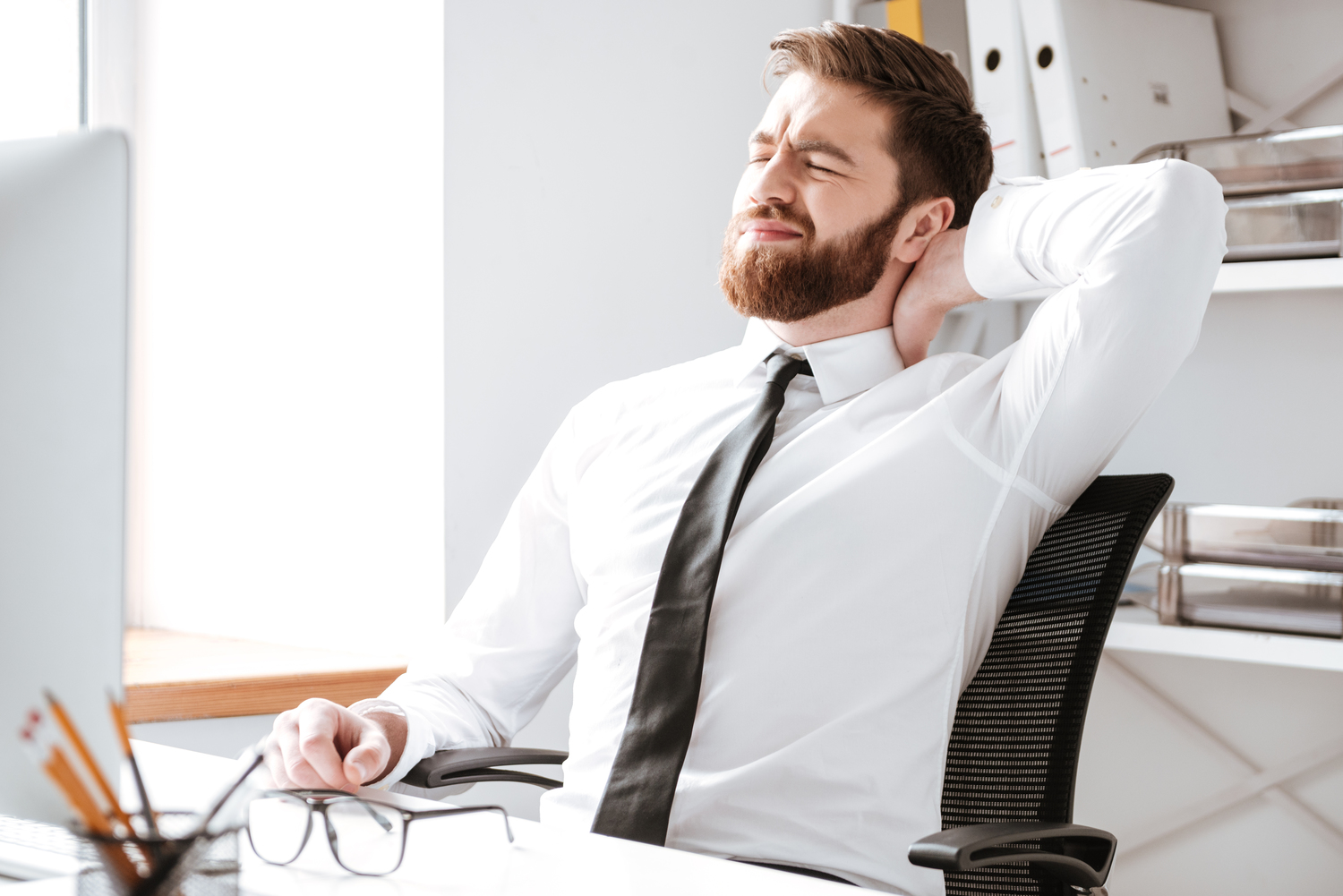Effective Methods to Relieve Back Pain: A Comprehensive Guide
This comprehensive guide explores effective strategies to relieve back pain, emphasizing lifestyle changes, natural remedies, and proper medical treatment. It offers practical tips on posture, exercises, alternative therapies, and stress management to help individuals reduce discomfort and maintain spinal health. Early intervention and preventive measures are crucial for long-term relief and improved quality of life.

Effective Methods to Relieve Back Pain: A Comprehensive Guide
Back pain has become an increasingly common issue in modern society, impacting millions worldwide. It often stems from sedentary lifestyles, poor posture habits, extended periods of sitting or standing, and improper ergonomic setups. With the rise of desk jobs and constant screen time, the prevalence of back discomfort is soaring, prompting many to seek effective strategies for relief and prevention.
Understanding the root causes of back pain is essential for effective treatment. Sitting for long hours in incorrect postures, slouching, or using unsuitable footwear can all contribute significantly to back issues. The popular phrase, “sitting is the new smoking,” underscores how modern sedentary behaviors have become a health epidemic, notably affecting spinal health. Experts warn that back problems are appearing earlier in life, emphasizing the importance of early intervention and lifestyle modifications.
This article delves into the most effective strategies to alleviate back pain, explore natural remedies, and adopt habits that promote spinal health, aiming to help sufferers regain comfort and mobility.
Understanding Back Pain and Its Causes
Back discomfort can manifest in various forms — from dull, throbbing aches to sharp, stabbing pains. It often results from muscular strain, ligament sprains, or disc issues. Several factors influence the likelihood of developing back pain, including age, activity level, weight, and overall health.
Research reveals that men tend to develop back issues earlier and more frequently than women, possibly due to differences in physical activity and occupational exposures. A comprehensive study involving individuals aged 20 to 60 demonstrated that approximately 69% relied on Non-Steroidal Anti-Inflammatory Drugs (NSAIDs), 35% used muscle relaxants, 12% resorted to narcotics, and a small percentage (4%) used acetaminophen. Notably, around 20% of individuals managed pain without medication, highlighting the importance of non-pharmacological approaches.
The typical symptoms include persistent back aches that do not improve with rest, stiffness, and limited mobility. If the pain is accompanied by systemic signs such as weight loss, fever, or difficulty performing routine activities, immediate medical attention is required to exclude serious underlying conditions like infections or tumors.
Conventional Treatment Options for Back Pain
Initial management of back pain usually involves over-the-counter medications, particularly NSAIDs, which help reduce inflammation and alleviate pain. Muscle relaxants are often prescribed when muscle spasms are evident. In severe cases, opioids might be considered, but they carry risks of dependency and adverse effects.
It’s crucial to adhere to医生的建议 and avoid prolonged use of painkillers to prevent side effects such as liver damage, gastrointestinal issues, or addiction. Medications serve to relieve symptoms temporarily but do not address the underlying causes, which is why exploring complementary therapies is vital.
Natural and Lifestyle Approaches to Back Pain Relief
Incorporating natural remedies and lifestyle adjustments can significantly reduce dependence on medications and foster long-term spinal health. Maintaining proper posture is paramount, especially during prolonged desk work. Ergonomic office furniture, lumbar supports, and adjustable chairs can help keep the spine in a neutral position, minimizing strain.
Practicing targeted exercises like yoga, stretching, and strengthening routines can strengthen back muscles, improve flexibility, and prevent future injuries. Yoga poses such as Cat-Cow, Child’s Pose, and downward dog effectively stretch the spine, relieve tension, and promote circulation.
Regular massages can ease muscle tightness, reduce stress, and improve blood flow to affected areas. Acupuncture has also gained recognition for its role in managing chronic back pain, with studies indicating better outcomes compared to standard treatments. Acupuncture stimulates specific points to release tension and promote healing within the muscular and nervous systems.
Strengthening and Stretching Exercises
Physical activity tailored to back health includes simple yet effective exercises such as wall presses, pelvic tilts, and core strengthening routines. These help develop muscle support around the spine, reducing pressure on intervertebral discs.
It’s essential to perform exercises carefully, preferably under professional guidance, especially during flare-ups. Incorporating activities like Tai Chi and Pilates can also improve core stability and enhance posture, further reducing back pain risk.
Stress Management and Its Role in Back Health
Chronic stress can lead to muscle tension and exacerbate back pain. Mindfulness techniques, meditation, and breathing exercises can alleviate stress and decrease muscle stiffness. Maintaining a positive outlook and practicing relaxation regularly contribute to overall back health.
Additional Therapies and Preventive Measures
Other alternative therapies that have proven beneficial include comfrey root applications, hydrotherapy, and gentle aquatic exercises. These methods can promote healing, relieve discomfort, and improve spinal flexibility.
Prevention is equally important. Engaging in regular physical activity, maintaining a healthy weight, avoiding prolonged periods of sitting, and adopting ergonomic work practices are key strategies for long-term back health.
When to Seek Medical Advice
Persistent or worsening back pain warrants consultation with healthcare professionals. They may recommend imaging tests like MRI or CT scans to diagnose underlying conditions accurately. Early intervention can prevent chronic pain development and complex surgical procedures.
In summary, alleviating back pain involves a multifaceted approach combining conventional medicine, natural remedies, lifestyle changes, and preventive practices. Taking proactive steps can restore comfort, improve quality of life, and preserve spinal health for years to come.





